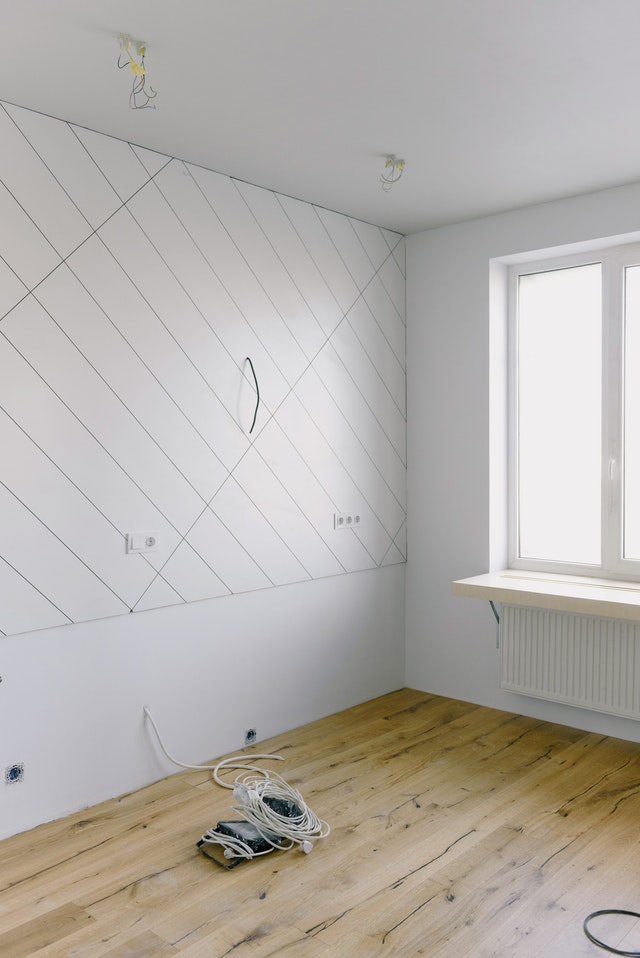How to Repair Drywall with Exposed Gypsum
As you live in your home, you are likely to notice damaged walls and ceilings over time. Most of these interior sections of the house are made of gypsum boards, which are preferred mainly because of the ability to resist fires. Regardless of how careful you are to protect your drywall, damages are bound to occur over time. These problems could be caused by children, pets, or even adults in the home.
Since holes and cracks on your walls are unavoidable, you need to perform the repairs immediately. Luckily the repairing process is not complicated. Here are instructions to repair drywall with exposed gypsum successfully.
Repairing Drywall
Before you begin the repair process, refer to our previous article on the best joint compound to use in your project. Once you have made your choice, then you are ready to begin the repair process.
Step 1: Remove any unsecured paper
Score the drywall all way round the exposed area to ensure an even base for the work. It prevents the gypsum board from creating nubs.
Step 2: Seal exposed gypsum
Using a primer, seal the exposed area with two layers of coat. It provides a protective surface in between the exposed gypsum and the joint compound.
Step 3: Apply joint compound
Since you already have your joint compound, use a putty knife to cover the area with a thin layer of mud. Ensure that you extend an inch past the edges of the exposed area. It helps in creating a more neat section.
Step 4: Skim excess mud
You will note that the compound leaves a somewhat rough surface, especially if you are new to this. So skimming the excess mud is a significant step that you shouldn’t skip. Using a knife, scrape off the excess compound in parallel strokes.
Step 5: Sand the area
Use sandpaper to lightly sand over the joint compound before it dries completely. Ensure that you smoothen the area, entirely removing all bumps.
Step 6: Apply a second layer of joint compound
You notice that for any construction job, multiple layers produce the best results. Therefore, in this step, wipe out the sanding dust using a wet cloth and apply another mud coat. Then, once dry, make sure to skim and sand again as in steps 4 and 5 above.
Step 7: Paint over the area
Now, it’s time to use the finishing paint of your preference. This step covers the area you have been working on, leaving your drywall as good as new. Importantly ensure that the color matches the rest of the wall. Or rather, you can repaint the entire wall.
If you have a repair job and are looking for a contractor to help you out, Milpitas, EastBay Drywall Repair Service is at your service. Call us today via our phone number, (408) 338-6634, for a free estimate and let our contractors help you out in fixing the drywall damages.

